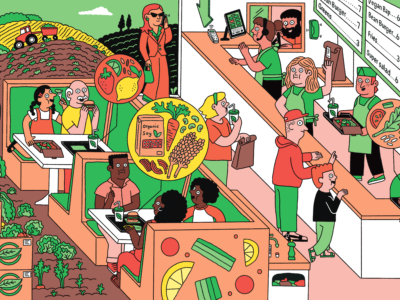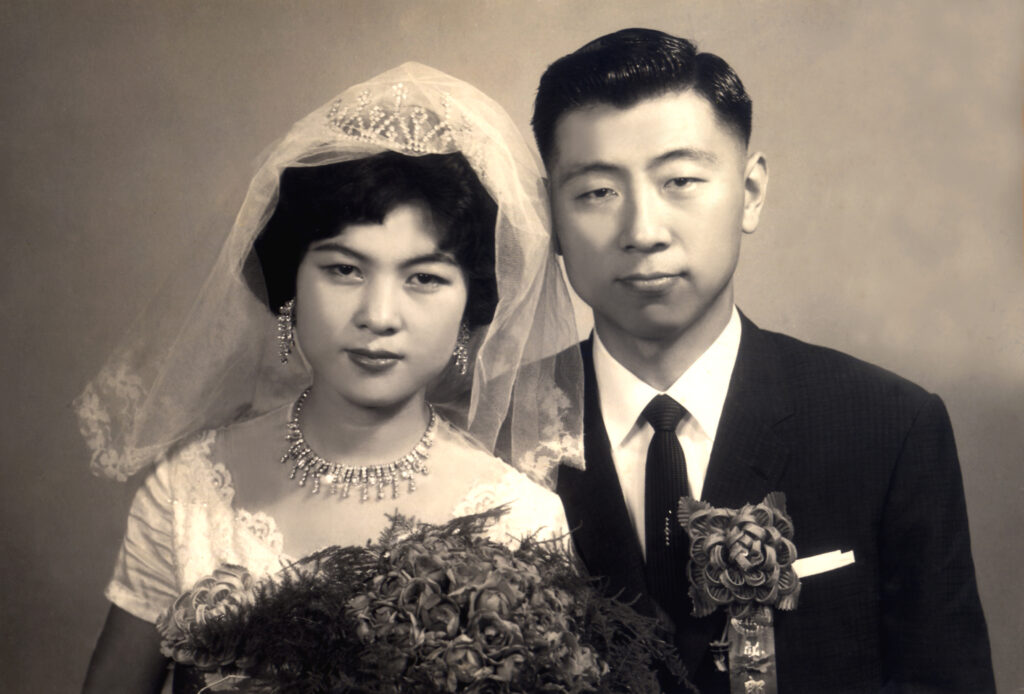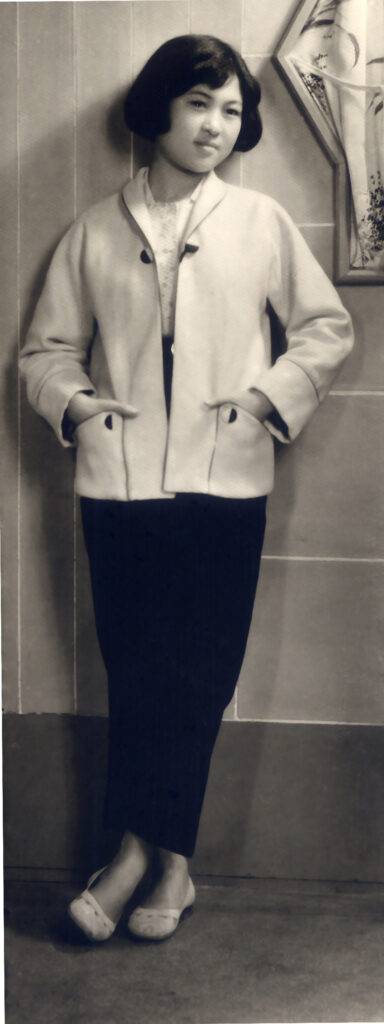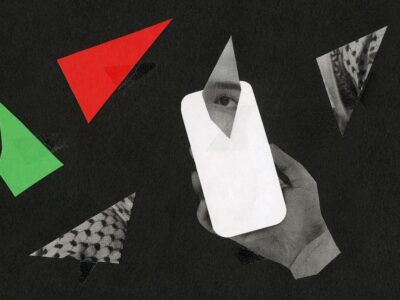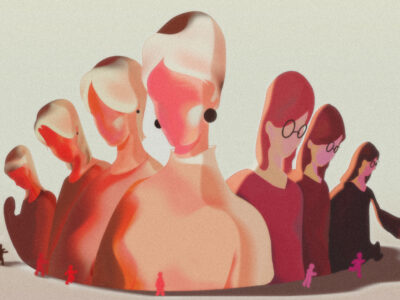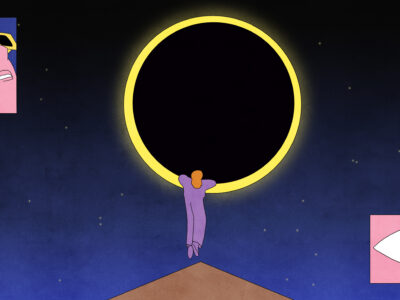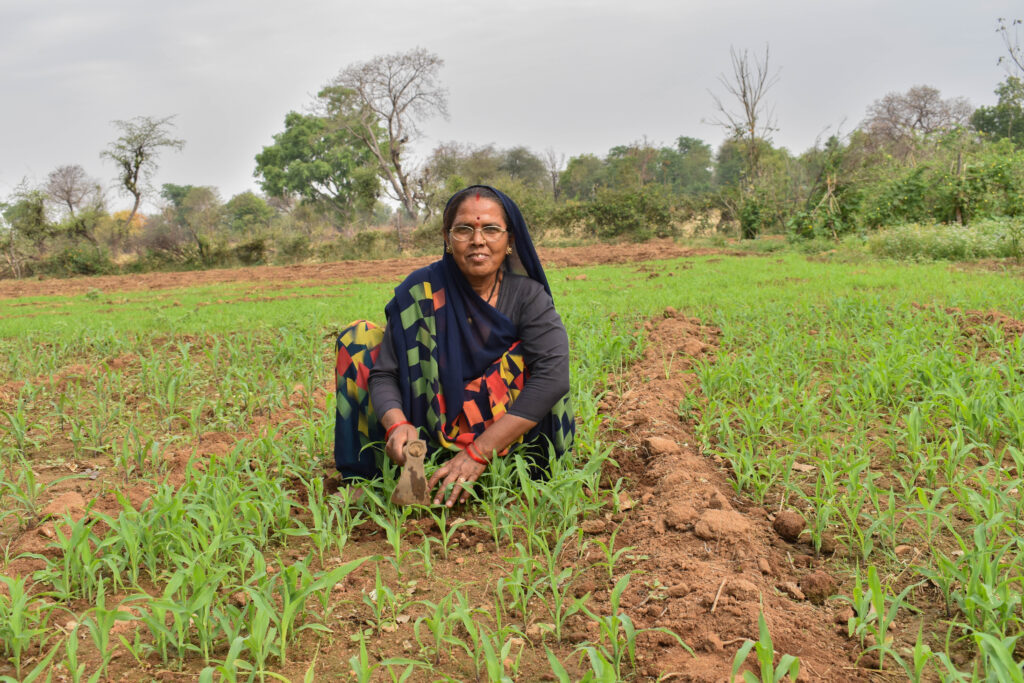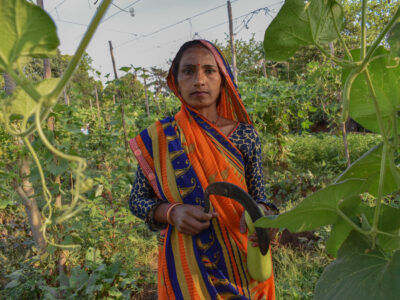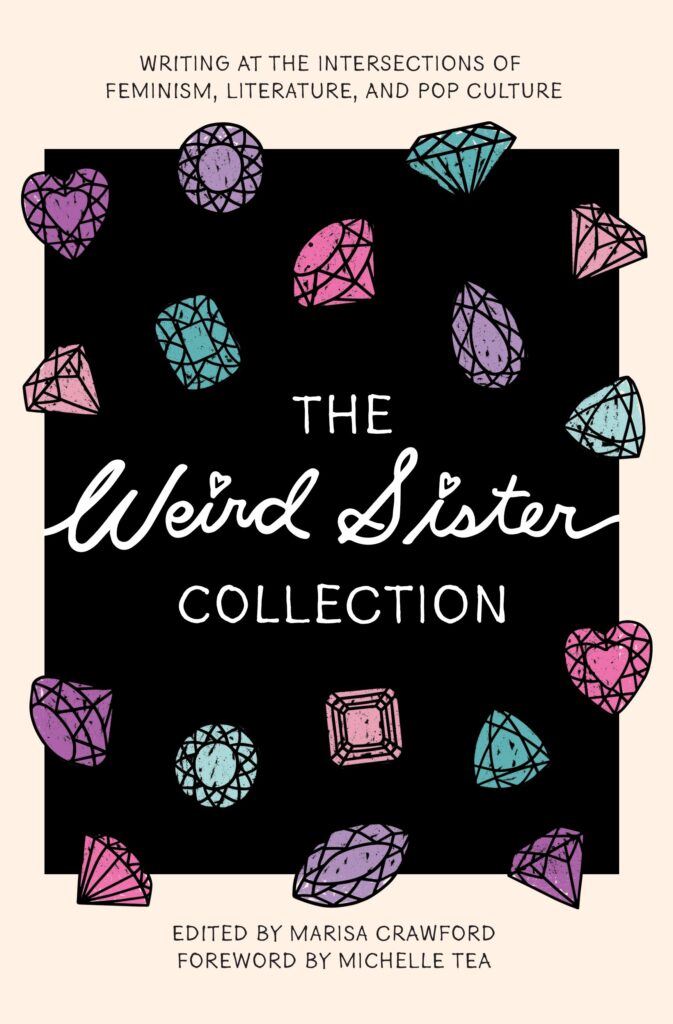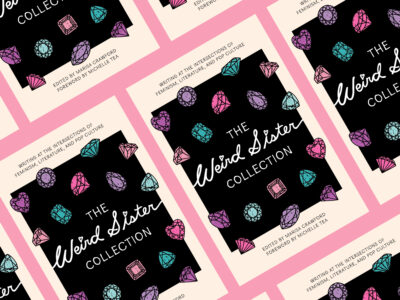WP_Post Object
(
[ID] => 7195
[post_author] => 15
[post_date] => 2024-09-10 21:16:40
[post_date_gmt] => 2024-09-10 21:16:40
[post_content] =>
On gentrification's canary in the coal mine, and the cultural cost when affordable cities cease to exist.
Cultural Currency is a bi-monthly romp through the intersection of art and capital with writer Cara Marsh Sheffler.
We all know the haircut, whether or not we know it by name. Usually the sides are shaved, the dye job is fluorescent or uneven, and the bangs are unflinchingly aggressive. The haircut is also, of course, not one haircut, but rather a whole genre of haircuts. A mullet is likely. It is something like medieval monastic cosplay by way of a Superfund Site. Glimpsed across the subway platform or at the local bodega, it is a haircut that strikes horror in the heart of the renter and joy in the heart of the owner. The haircut is gentrification’s own canary in the coal mine: It signals that your rent is about to go up.
Nowhere is the haircut more dreaded than in New York City, where no rent increase, no matter how minute the percentage point, is a casual one. The median monthly rent in Manhattan is north of $4,300. The cost of living is 128% above the national average. When Jimmy McMillan founded his political party, Rent Is Too Damn High, almost 20 years ago, it was described as a single-issue platform. Today, I would argue it’s anything but. Commercial rents have become unaffordable to the point that entire blocks have been emptied of ground-floor tenants. The ascendancy of Amazon and the price of rent have colluded to drive the commercial storefront vacancy rate in New York City north of 10%.
The irony of the haircut is that it both heralds the appearance of artists and their imminent extinction. It also isn’t limited to Manhattan: The length of time between the sighting of the first asymmetrical neon mullet to large-scale, luxury residential development is accelerating in cities across the country, and more locally, has all but collapsed into a single gesture in neighborhoods like Bushwick, Brooklyn and Ridgewood, Queens. In the process, it’s also begun flattening the art world—and culture at large—with it.
Of course, in the meme-able version of the gentrification story, the haircut is the mark of the villain. But it was not always so. In postwar New York City, when industries abandoned downtown areas and developers like Robert Moses threatened to raze entire neighborhoods to make way for cars instead of people (usually at the expense of racial minorities), creative classes stepped into wastelands like Soho and not only repurposed entire neighborhoods but spawned a class of creators as diverse as Eva Hesse, Jean-Michel Basquiat, Hannah Wilke, Gordon Matta-Clark, Ana Mendieta, Donald Judd, Nam June Paik, Fred Eversley, and too many others to name.
This cohort—living among one another in constant creative conversation and competition—produced work that helped articulate a fully formed idea of American cultural expression. Today, even adjusted for inflation, none of them would have been able to afford the rent on a closet in Soho.
When artists are priced out of any given city, the consequences resonate far beyond the neighborhood in which they can no longer afford to live. The attendant deracination makes art less tethered to real places, real communities, and real people. Art becomes less human, and derives worth from one thing only: capital. (While many question their artistic merit, NFTs are a sublime manifestation of this conflation.) In New York today, artists are barely hanging on and bled dry for studio space, while writers essentially have no value in a marketplace that has opted for AI. Musical artists are getting raw deals from streaming services and have fewer venues to play in because of soaring rent. Ditto dancers. The city faces a severe housing shortage, but no one will come forward with an honest number for overall vacancy rates, suggesting that the real estate market is falsely inflated to the detriment of all who call the city home (except landlords). Creatives who work as adjunct professors are often overworked, always underpaid, and almost never promoted to tenure-track positions. Having a family in this city on an artist’s salary is essentially fiscal suicide.
Simply put, New York’s artistic community is in danger of no longer existing, and we’ve watched it happen in real-time. Downtown New York used to be a byword for a hotbed of American culture, the same way that Chelsea is now the byword for the most prestigious (read: expensive) gallery district in the country. But while art has thrived on patronage since time immemorial, what sort of art is produced in a city artists cannot afford to live in, and where a commercialized, gentrified simulacrum of diversity signals luxury? The answer is probably an NFT.
A healthy city should contain a diversity of artists, precisely because it also contains a diversity of people. No less an urbanist than Moses-archenemy Jane Jacobs wrote in The Death and Life of Great American Cities, “Everyone is aware that tremendous numbers of people concentrate in city downtowns and that, if they did not, there would be no downtown to amount to anything—certainly not one with much downtown diversity.” In other words, downtown areas are desirable precisely because of the diversity that is priced out by their own desirability. This is also ultimately what leads to their downfall: What is the point of living in a city stuffed with billionaires but starved of human capital? And who can even afford to, anyway?
Of course, art and money have always been intertwined. Rich people have nice things. Art is often considered one of those nice things. However, the more art is commodified—and this certainly bears itself out historically with regard to art as a status symbol or reflection of power—the less of an ability it has to be critical, independent, or introspective. You know, interesting. Gradually, it also has less to say, until art is reduced to a price tag alone—like any other commodity, like currency itself. Art that is only for the mega-rich yields an entire culture that is much the same. Is it any surprise at all that a New Yorker profile of mega-dealer Larry Gagosian from earlier this year took pains to point out that his most lucrative investments were probably in real estate rather than in art?
As a small-m materialist, I am well aware these questions long ago migrated from the urban grid to Instagram’s. Our insatiable need for convenience and connectivity has destroyed our physical social networks in a variety of ways—and dictated how we continually buy into our own dystopia. It’s also sped up our isolation, both from art and from each other: The commercial tools that have warped real estate values and the basics of human interaction all flourished, of course, online. The connectivity and convenience that lured us toward our screens at all hours of the day have robbed us of storefronts, tax revenue, and chance encounters in exchange. And now, the way in which consumerism has displaced our sense of belonging in communities has manifested in urban real estate in such a way as to rob us of a creative class by destroying its habitat. As the world continues to move online, artistic communities will continue to vanish, too.
In an information economy and a literal economy that always prizes the shortest distance between two points—collateral damage be damned—artistic expression is a luxury afforded only to the idle rich. The arts will further retreat into a career path available only to those who can afford to go into them. (That is, if we aren’t basically already there, as the conversation around middle class cultural values and downward mobility seems to indicate.) All counter-culture will be co-opted, sanitized, and sold back to us by the algorithm. The resulting culture will be by the rich and for the rich only, a trend handily encapsulated by the vacuous and nauseating never-ending parade of “fashion X art” collaborations that provide little more cultural expression than a vapid launch party planned purely to be splashed across the aforementioned Instagram grid. (So long as corporations are people, I fear we are stuck with Koons’ and Kusama’s “viral Vuittons,” as their respective creators secret themselves far from any “scene” in either a mega-mansion or psychiatric hospital.)
Meanwhile, as the rich clamor for a front-row seat to this circle-jerk, rents will continue to skyrocket. The National Arts Endowment can protest that “a great nation deserves great art” until it is blue in the face, but where the fuck are the artists going to live?
Again, I return to Jacobs, who also wrote in The Death and Life of Great American Cities, “Our failures with city neighborhoods are, ultimately, failures in localized self-government.” This is absolutely true: the polis of any diverse city exists in a patchwork of political microclimates. But how can self-government take hold when no one who comes up in the new generation can afford to live in the neighborhoods that most need self-governing? Those who survived the lean years as owners cash out on once-affordable homes so their children can live better lives elsewhere. New developers buy out landlords who evict renters, and suddenly, the neighborhood is gone. The gaps left behind will be filled with coffee shops selling $7 matcha lattes and pilates studios with $45 classes, and the people who can afford to buy them.
Artists as a whole will surely still have the fire to create something, somewhere, but can already only afford to do so far from one another. The dissipation of any urban culture is its death: Downtown cannot exist as a diaspora. The point is the concentration of its energy, a sum far greater than its parts.
In The Death and Life of Great American Cities, Jacobs also chides us: “We expect too much of new buildings, and too little of ourselves.” Culture is not a commodity that can be counted. Yet, it has the power to enfranchise and empower just as much as any vote towards affordable housing or raising taxes on the rich. To preserve it, we must look to an inclusive path forward that prioritizes not just people and their work output but also the character of their communities—communities that contain multiple dimensions of diversity and creative expression that should not have to be commodified to prove their value. No developer, no bank, no corporation will do this for us. We must organize ourselves.
[post_title] => "Where the F*ck Are the Artists Going to Live?"
[post_excerpt] => On gentrification's canary in the coal mine, and the cultural cost when affordable cities cease to exist.
[post_status] => publish
[comment_status] => closed
[ping_status] => closed
[post_password] =>
[post_name] => artists-new-york-city-affordable-housing-gentrification-haircut-real-estate-culture-art-nft
[to_ping] =>
[pinged] =>
[post_modified] => 2024-09-13 17:51:04
[post_modified_gmt] => 2024-09-13 17:51:04
[post_content_filtered] =>
[post_parent] => 0
[guid] => https://conversationalist.org/?p=7195
[menu_order] => 47
[post_type] => post
[post_mime_type] =>
[comment_count] => 0
[filter] => raw
)







